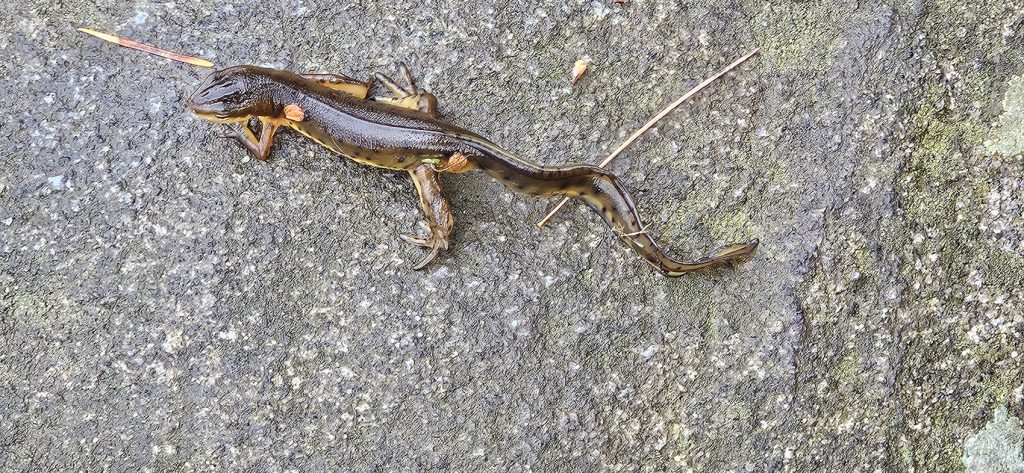
January 9, 2024
A Different Path
- as seen by -
 Michelle Medina
Michelle Medina
It was a late autumn afternoon.
We were walking over a narrow rock wall near a large pond with waterfowl on one side and a stream with small pools created from overflow on the other. We spent most of our time looking up for birds but proceeded with care while traversing this rocky area. Our eyes shifted down and came upon this adult Eastern newt, red-spotted, (Notophthalmus viridescens viridescens) in our path. I took a quick photo as I didn’t want to fall in mud.
The area is perfect habitat for Eastern newts. This amphibian lives in small lakes, ponds, streams, pools, and wet forests throughout eastern North America. It eats insects including mosquito larvae, worms, snails, and other small invertebrates.
The Eastern newt has three life stages. At first, the newt is fully aquatic with gills. Then, it develops lungs and becomes terrestrial. During the juvenile red ‘eft’ stage, the newt is a bright orange-red color which warns predators of its toxic skin secretions but makes the newt more easily seen on the forest floor. After two to three years, the newt matures into an adult newt and becomes aquatic once again. An Eastern newt can live 12 to 15 years.
This newt is sensitive to environmental changes, like water quality and temperature, making the species a good indicator of ecosystem health. I learned that the Eastern newt has high levels of stem cells which assist in its ability to regenerate lost limbs or injured organs. During breeding season, a male can develop enlarged hind legs and broadly keeled tails. During colder months, an Eastern newt will often seek shelter underground, under rocks, in logs, and debris. I was fascinated that this newt uses a combination of light and magnetic receptors to navigate utilizing the sun and the Earth’s magnetic field to find home and return to its breeding location.
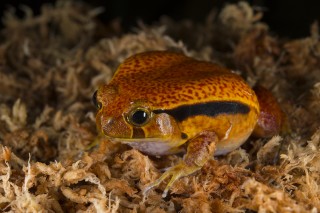
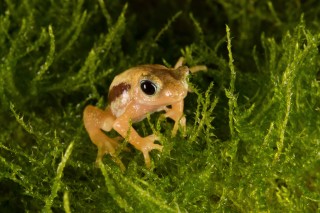
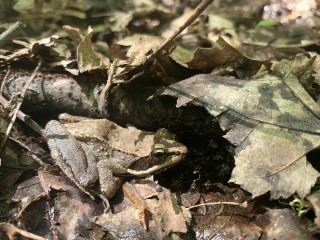
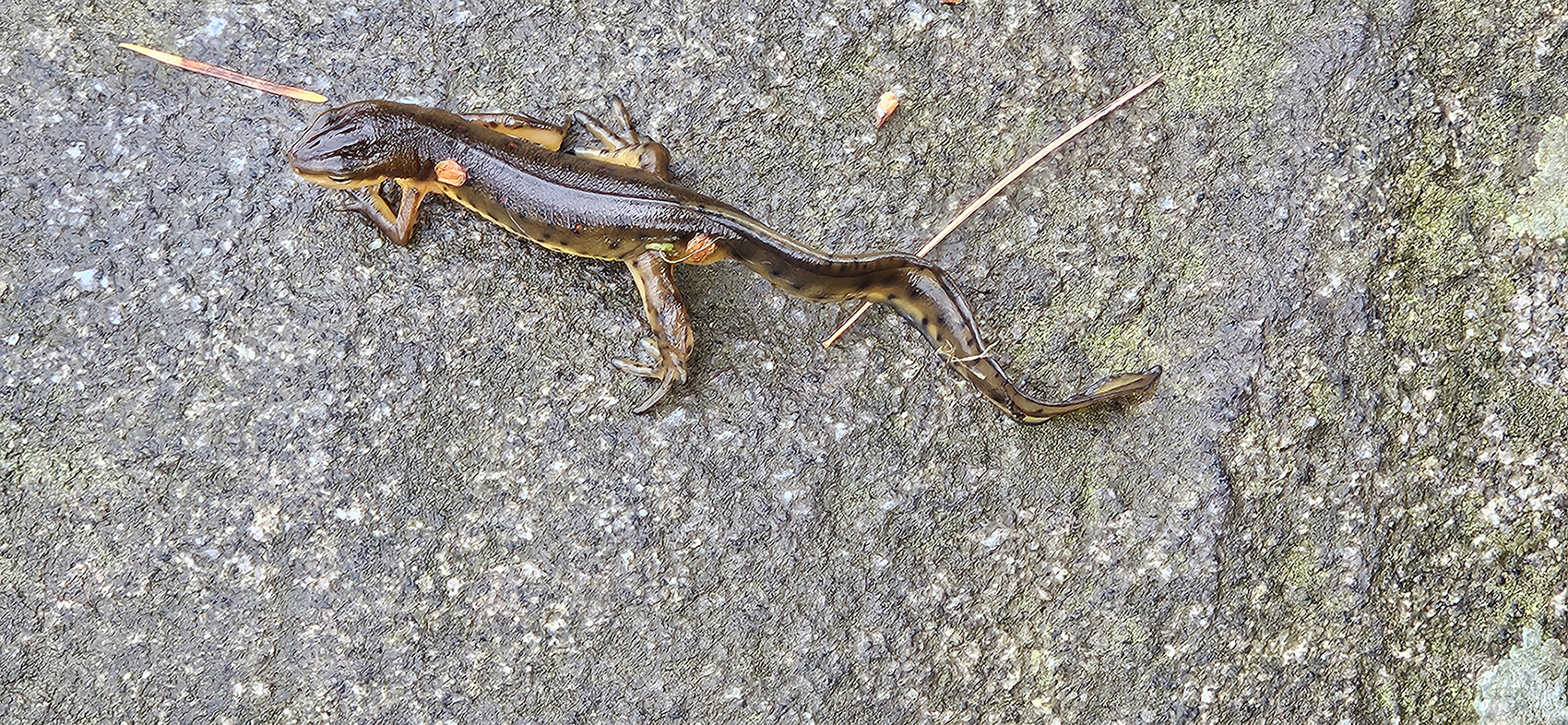
Leave a Comment